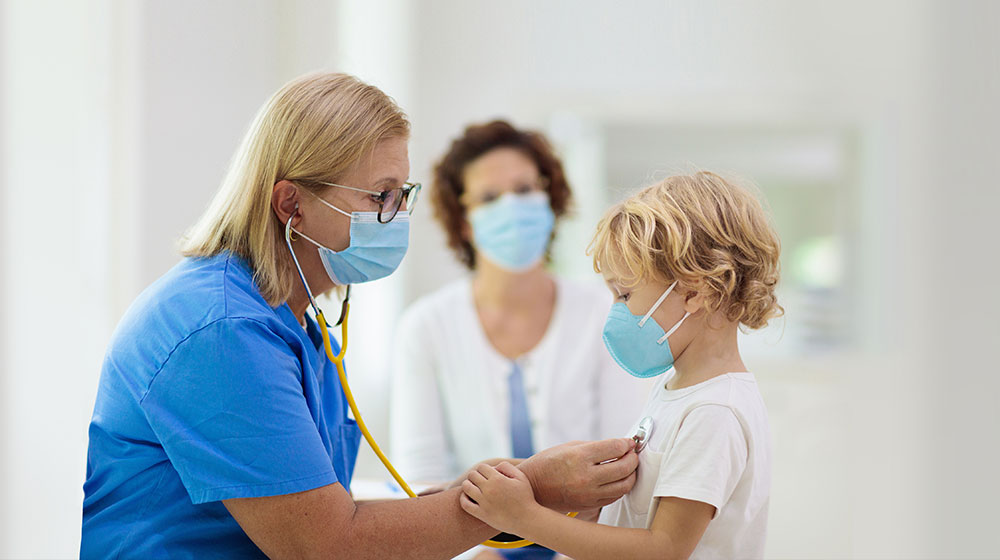With the recently confirmed case of measles in Los Angeles County in early April, you may be wondering what you should do if you or a loved one is exposed. Measles is a highly infectious disease that appears as a rash and can become life-threatening for at-risk groups, including children younger than 5 years old and people who are pregnant or immunocompromised, so it’s important to know your measles facts. Not to mention, in the U.S. measles cases are on the rise: already 121 measles cases have been reported in 2024, which is higher than double the number of cases reported in 2023.
“The nationwide increase in measles cases is disturbing but we now have collective knowledge of how to respond to dangerous viruses,” says Kimberly Shriner, MD, FACP, medical director of infection prevention and control, Huntington Health. “Staying informed, using common sense techniques like handwashing and avoiding sick contacts, following vaccine guidelines for children and at-risk individuals and protecting our most vulnerable community members will help address this health threat.”
Measles symptoms
The County of Los Angeles Public Health (LAPH) lists the following as measles symptoms, which can appear 1-3 weeks after exposure:
- High fever (higher than 101° F).
- Cough.
- Runny nose.
- Red and watery eyes.
- Tiny white spots that may appear inside the mouth 2-3 days after symptoms begin.
- Rash 3-5 days after other signs of illness, typically starting on the face then spreading to the rest of the body.
Measles exposure
Measles spreads through the air through breath, talking, coughing or sneezing and can stay in the air and on surfaces for many hours. A person may become infected from inhaling the contaminated air or touching an infected surface, then touching their eyes, nose or mouth. A person can spread the disease up to four days before or after a measles rash appears.
If you think you or a loved one has been exposed to measles, the first step is to contact your physician. This step is especially important for at-risk groups, those who’ve never had measles and/or those who’ve never received the measles vaccine because they are at risk for contracting measles after exposure. Your physician will review your medical records to determine if you are protected against measles.
Here are other important steps:
- Monitor symptoms: look for a fever and/or an unexplained rash from 7-21 days after exposure.
- If symptoms develop, quarantine and contact a doctor immediately for next steps. Do not enter a facility before alerting the office of measles exposure and symptoms.
Measles prevention
Measles can be prevented with a vaccine called the MMR or MMRV – both protecting against three diseases, measles, mumps and rubella, and the latter protecting against varicella, the disease commonly known as chickenpox. The vaccine is administered in two doses. According to the LAPH, two doses are 97% effective against measles and one dose is 93% effective. The LAPH also points out the spread of measles can be prevented if 95% of the community receives 2 doses of the vaccine.
If you suspect you have measles, please contact your physician immediately. To learn more about measles visit https://www.cdc.gov/measles/symptoms/signs-symptoms.html or ph.lacounty.gov/measles
 English
English Espanol
Espanol 简体中文
简体中文 Tagalog
Tagalog հայերեն
հայերեն 한국인
한국인 Tiếng Việt
Tiếng Việt فارسی
فارسی русский
русский 日本
日本 عربي
عربي

